
Makes mealtimes fun
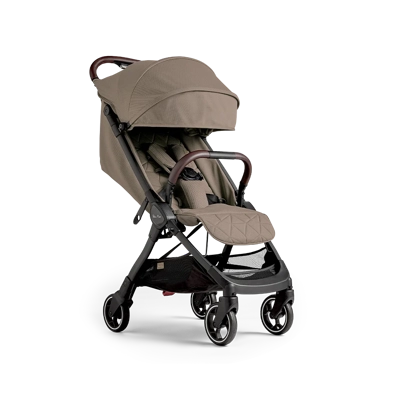
For everyday strolls with a one hand fold

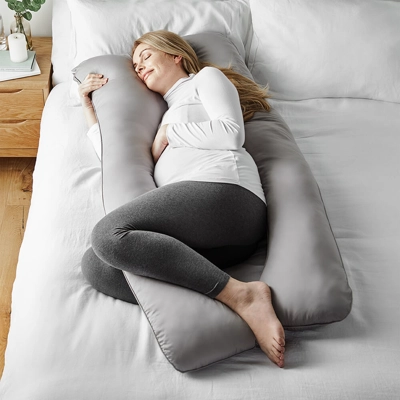
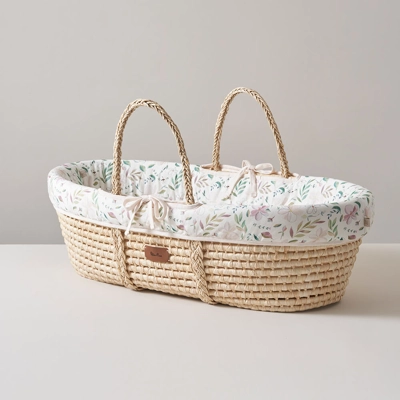
Add Muslin Swaddles worth £45 for FREE!
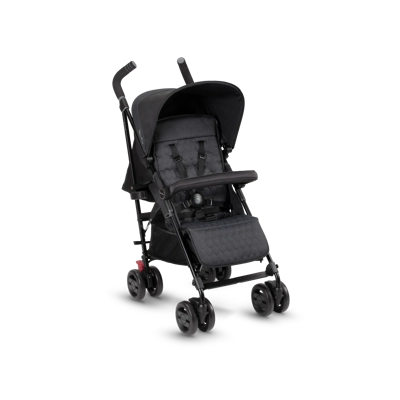
Suitable from newborn to toddler, Pop is the ultimate everyday pushchair offering a smooth and comfortable ride for baby and added peace-of-mind for parents.
The place for parents to be
Min read
Min read
Min read
Min read
Min read
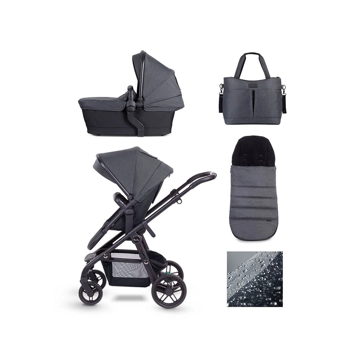
Coast is our cool and durable carrycot/pushchair travel system which features stylish detailing and premium marl fabrics. Coast is fully accessorised with a co-ordinating deeply padded footmuff and super practical pram bag.
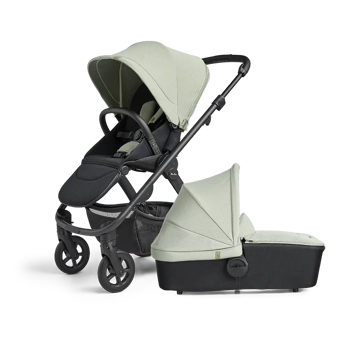
Tide is our new multi-terrain pushchair with an overnight sleeping approved carrycot, reversible multi-recline pushchair seat and effortless freestanding fold.
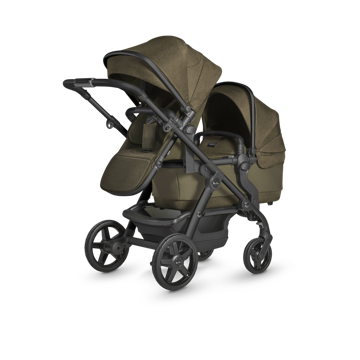
Introducing the all new Wave, our future-proof travel system that’s designed especially for growing families.
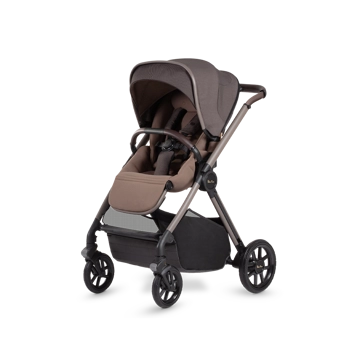
Suburban, stylish, sustainable – Reef is our multi-terrain travel system offering the ultimate in baby comfort no matter where your adventures take you.

Dune, our contemporary and compact urban travel system proves there’s no need to compromise when it comes to style and functionality.

Add an award-winning Dream i-Size Infant Carrier & Base with your Coast pushchair, designed for everyday strolls
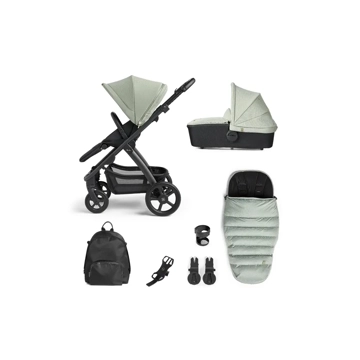
Our lightest, most compact multi-terrain pushchair, Tide is made for exploring. Includes Accessory pack with a changing rucksack, footmuff, phone holder and cup holder.

Our lightest, most compact multi-terrain pushchair, Tide is made for exploring. With 4-wheel suspens...

Our lightest, most compact multi-terrain pushchair, Tide is made for exploring. With 4-wheel suspens...

Everything you need with your Wave pram including Dream i-Size infant carrier & base, changing bag, footmuff, phone holder and snack tray
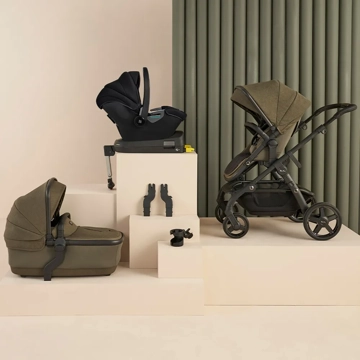
Turn your Wave pram into a Travel System with an award-winning Dream i-Size infant carrier
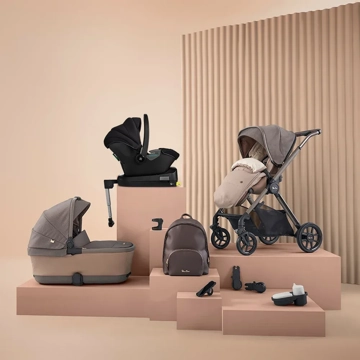
Everything you need with your Reef pram including a First Bed Folding Carrycot, Dream i-Size infant carrier, changing bag, footmuff, phone holder and snack tray

Reef, our multi-terrain travel system offering the ultimate in baby comfort no matter where your adventures take you with its freestanding fold, first bed folding carrycot and off road wheels with a travel pack
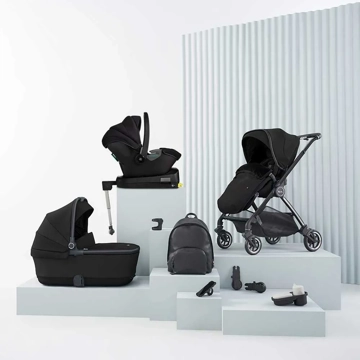
Everything you need with your Dune pram including a First Bed Folding Carrycot, Dream i-Size infant carrier, changing bag, footmuff, phone holder and snack tray
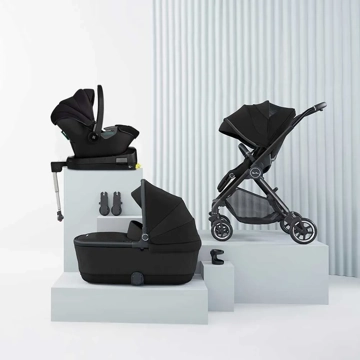
Combine your Dune pram with a Newborn Pod and an award-winning Dream i-Size infant carrier and Travel pack.
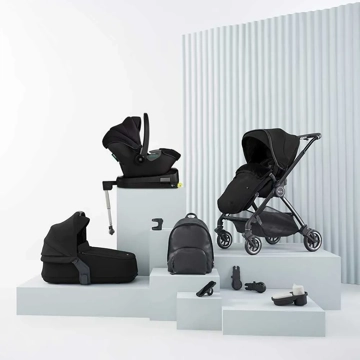
Everything you need with your Dune pram including a Compact Folding Carrycot, Dream i-Size infant carrier, changing bag, footmuff, phone holder and snack tray

Combine your Dune pram with a Compact Folding Carrycot and an award-winning Dream i-Size infant carrier

For everyday strolls with a one hand fold
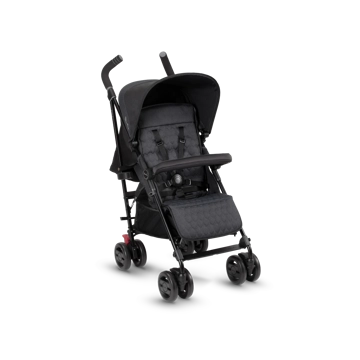
Suitable from newborn to toddler, Pop is the ultimate everyday pushchair offering a smooth and comfortable ride for baby and added peace-of-mind for parents.
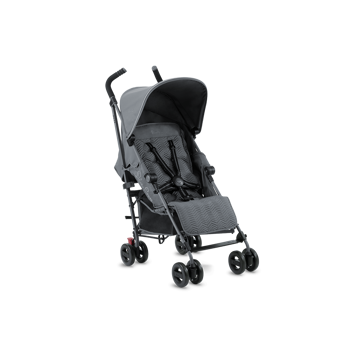
Upgrade your daily strolls with Zest, our everyday pushchair offering style and comfort for both parents and babies.
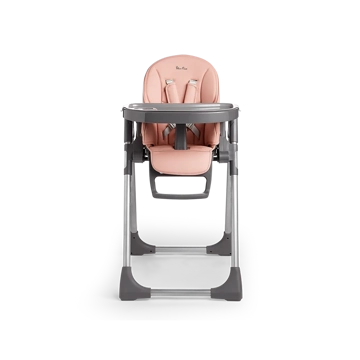
Makes mealtimes fun
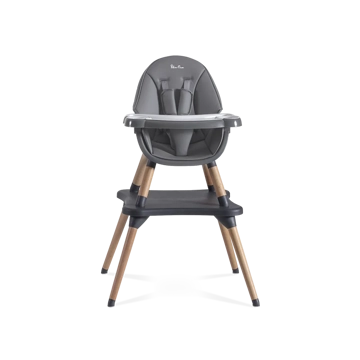
Eat&Play is the 4-in-1 highchair and play table that does it all. Transforming effortlessly from...
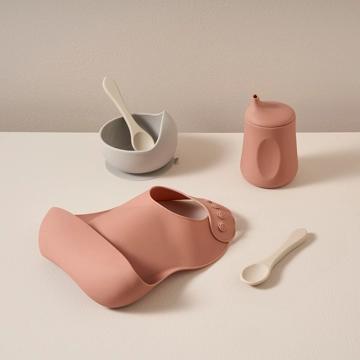
For snacking, weaning and playtime
Start you little one's weaning journey
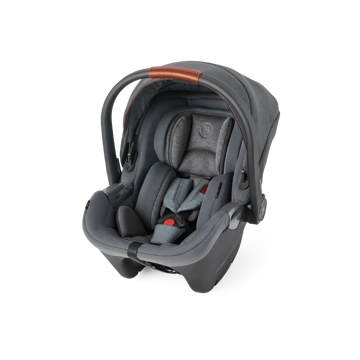
Awarded the safest infant carrier for your newborn by ADAC, when used with the Dream i-Size base
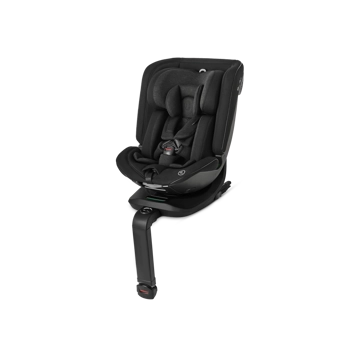
The only 360° rotating car seat you need, suitable from birth to approx. 12 years
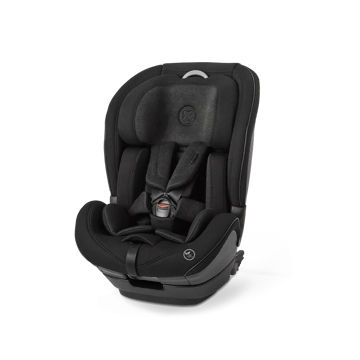
The multi-stage car seat, growing with your child from 15 months to approx. 12 years of age
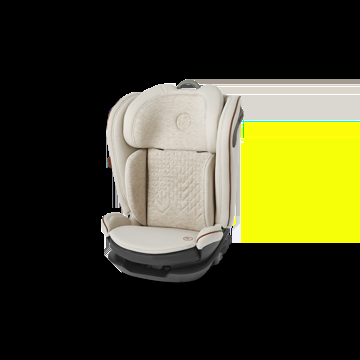
Our high-back booster seat from 4 to 12 years old, approved to the latest R129/03 safety standard
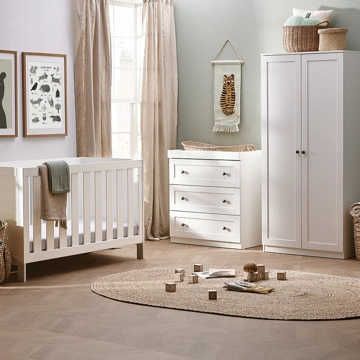
Simple and beautiful, the Bromley nursery furniture collection offers the perfect canvas for creatin...
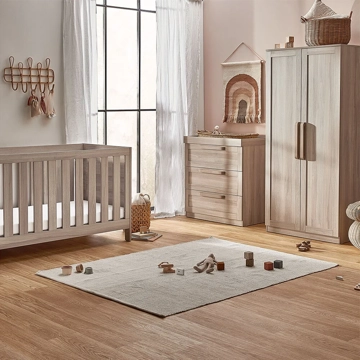
Create the best nursery for your little one to nap, play and grow with the Bromley Oak 3-piece nurse...

Special edition auto-folding super stroller.

Special edition 360° rotating, all stage car seat.
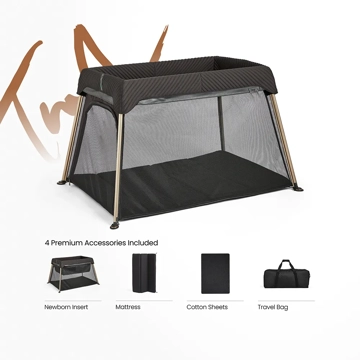
Special edition one-pop travel cot, co-sleeper and playpen.
Unsure how to approach exercise after giving birth? Personal trainer, women’s fitness coach and mum-of-three Lulu Adams shares her top tips.
Standard NHS procedure is to offer a postnatal check between six to eight weeks, and most advice you hear is to wait until you’ve had this check to resume exercise. However, this doesn’t mean you’re on bed rest until then.
If you’ve had a straightforward vaginal delivery, you can start increasing your movement as soon as a few days after giving birth. Simple pelvic floor exercises are a good place to start, but also short walks too – gradually building pace, duration and frequency.
If you’ve had a caesarean birth, it might take you a little longer to feel ‘up for’ exercise of any kind, and you’re sometimes advised to avoid even walking upstairs in the first few days, so it’s inevitable you’ll be a bit more cautious about movement. But the same principles apply - as soon as you feel comfortable, you can begin simple pelvic floor exercises (even with a caesarean you need to restrengthen these muscles!) and walking.
Between weeks two and six incorporate some simple core exercises such as pelvic tilts, knee lifts and glute bridges, and steadily introduce full body (bodyweight) movements such as squats and lunges if they feel OK.
If you do choose to get moving relatively early, watch out for signs you might be overdoing things. If you’re still experiencing postnatal bleeding (lochia) and you notice this becoming redder or heavier, or if the bleeding starts again when you thought it had stopped, this is a good indication you should slow down or take a break for a few days.
Equally, it goes without saying that if any movements cause discomfort, whether it’s joint, muscle or pelvic floor related, stop and rest for a few more days at the very least. Again, this may be your body telling you it’s NOT quite ready.
If, after your six to eight week check-up, you’re still experiencing issues such as leaking, or a sense of heaviness in your vagina, or you’re worried about your recovery in any way, you can request a referral from your GP to an NHS women’s health physio. Equally, if you can afford it, a private physio check-up is a great place to start with your return to exercise, even if you’re not symptomatic (a GP usually only refers if you have symptoms of a pelvic health concern, so this is why you may need to look at private options if you’re not aware of any immediate symptoms).
They’ll assess your alignment, joint movement and breathing, as well as assess your pelvic floor function and check you for diastasis recti (the natural separation of the abdominal muscles during pregnancy that usually resolves within eight weeks of birth, but can require additional physio for one in three women), and should provide you with an individualised plan to kickstart your return to exercise.
You should focus on rebuilding functional strength slowly and gradually, respecting the changes your body has been through. A caesarean is major abdominal surgery and 85% of those delivering vaginally will experience some degree of perineal trauma. So don’t skimp on the core and pelvic floor strength and control, even if everything ‘seems OK’.
Whatever style of delivery you had, all mums should be doing pelvic floor exercises after birth. The pelvic floor muscles have been working extra hard to support the weight of the uterus throughout pregnancy and may be lengthened and weakened as a result. You want to work up to be able to (eventually) do 10-second pelvic floor ‘holds’ – although it may only be one or two seconds when you begin after birth! Don’t panic. This will improve with time.
You should also be working towards a good level of control of your deep abdominals – ie, you should be able to manage the pressure within your tummy so you don’t see any doming of the linea alba (the midline of your tummy). You can start this simply by using something I call the ‘Connection Breath’ - as we inhale, we want to expand the bottom ribs and let the belly (and pelvic floor muscles) relax. On the exhale, draw up through the pelvic floor as you blow out through pursed lips (as if blowing out through a straw). You should feel your waist drawing inwards, like a natural, internal corset. We can use this breath in our workouts to give the deep core muscles a bit of a helping hand when we’re challenging them.
Just because your doctor and/or physio gives you the all-clear to return to exercise, it doesn’t mean your body is ready to jump straight back into bootcamp or HIIT. Remember those hormonal changes we experience in pregnancy? These levels can take a while to return to pre-pregnancy levels, so you would be wise to work on your control of bodyweight, functional movement patterns such as squats, hip hinges and lunges before you even think about returning to more advanced movements or impact.
If you do want to get back into impact exercise, such as running, it’s advised to wait until at least 12 weeks and to prepare the body before you do – so plenty of core strengthening work, but also balance and general strength work. There are now some widely respected guidelines for returning to running after a baby, written by an incredible physio, Gráinne Donnelly with input from Emma Brockwell and Tom Goom. A well-qualified, experienced pre and postnatal trainer should be able to guide you through a programme that follows the principles of these guidelines, but they’re also accessible for us all to take a look at too here.
Life with a newborn is TOUGH, mentally and physically. You’re likely to be operating on a lot of broken sleep and your whole family dynamic is likely to have changed. Your mind and body need time to adapt to all the demands being placed on them, which means it’s sensible to schedule in recovery days, but also be open-minded to skipping a workout if you’ve had a particularly difficult night and need to rest instead.
A lot of mums are desperate to ‘lose the baby weight’ after birth. Whilst I don’t dismiss these aesthetic goals, the early postnatal period is potentially not the right time to be focusing on this. I encourage my clients to understand life with a newborn requires energy, especially if we’re training too. Depriving ourselves of vital calories may push our systems into exhaustion, which can cause havoc with our hormones and potentially contribute to symptoms of depression and anxiety. Excess weight will come off in time, but for now it’s more important to focus on what an incredible job your body has done growing and birthing a small human.
There has, historically, been some debate as to whether aerobic exercise affects supply levels or changes the taste of your breastmilk due to a build-up of lactic acid. However, the evidence we now have suggests there shouldn’t be any adverse effects of exercising on your breastfeeding journey. You do, however, need to stay well hydrated, wear a well-fitted, supportive bra and just be mindful it might be your sweat that baby takes a disliking to, rather than the taste of your milk. Factoring in time to have a shower before feeding might resolve any hurdles you encounter! Some mums find it useful to feed or pump before exercise to avoid getting engorged during their workout – which is especially uncomfortable in a sports bra.
One problem I see a lot of amongst mums is that their training hits a plateau after the first six months or so. I think a lot of this has to do with the message that’s been drilled into us about being careful and approaching postnatal exercise with caution.
Whilst there’s nothing wrong with this message, in many cases it is likely to become a bit redundant at some point. I’ve met mums who have one to two-year-olds who have no pelvic health concerns, but who are terrified to do anything more than some heel slides because they don’t want to cause themselves any damage.
If we don’t continually challenge ourselves to progress, if we don’t continue to load our bodies, they simply won’t get stronger. So, finding the sweet spot where you trust your body, through feedback and/or a physio assessment and knowing how to gradually progress your training within the limits your body is capable of, is how we successfully restrengthen our bodies.
All of us will experience pregnancy and recovery differently, and it’s likely we’ll all be ‘ready’ for things at different stages. Some of us will have to rehab pelvic health concerns, such as prolapse, stress urinary incontinence or diastasis, whilst others will have a relatively smooth ride and be back doing what they love within a few months.
It’s important to move at a pace that’s suitable for YOUR body and respect the fact that recovery is never linear. You might have a couple of great weeks and then a couple of awful weeks when your training takes a hit for some reason or another. Again, I urge you not to compare what’s happening on social media, or take any notice of what celebrities look like a few weeks after birth. You have done something pretty amazing – growing and birthing a whole new human, so I cannot stress enough to make sure you give your body some credit for this!

Mum-of-three Lulu Adams is a personal trainer and women’s fitness coach. She specialises in pre and postnatal fitness and helping mums navigate the physical and mental challenges that life (and motherhood!) throws at them. Last year she launched her own virtual studio, offering live classes throughout lockdown for mums around the globe.